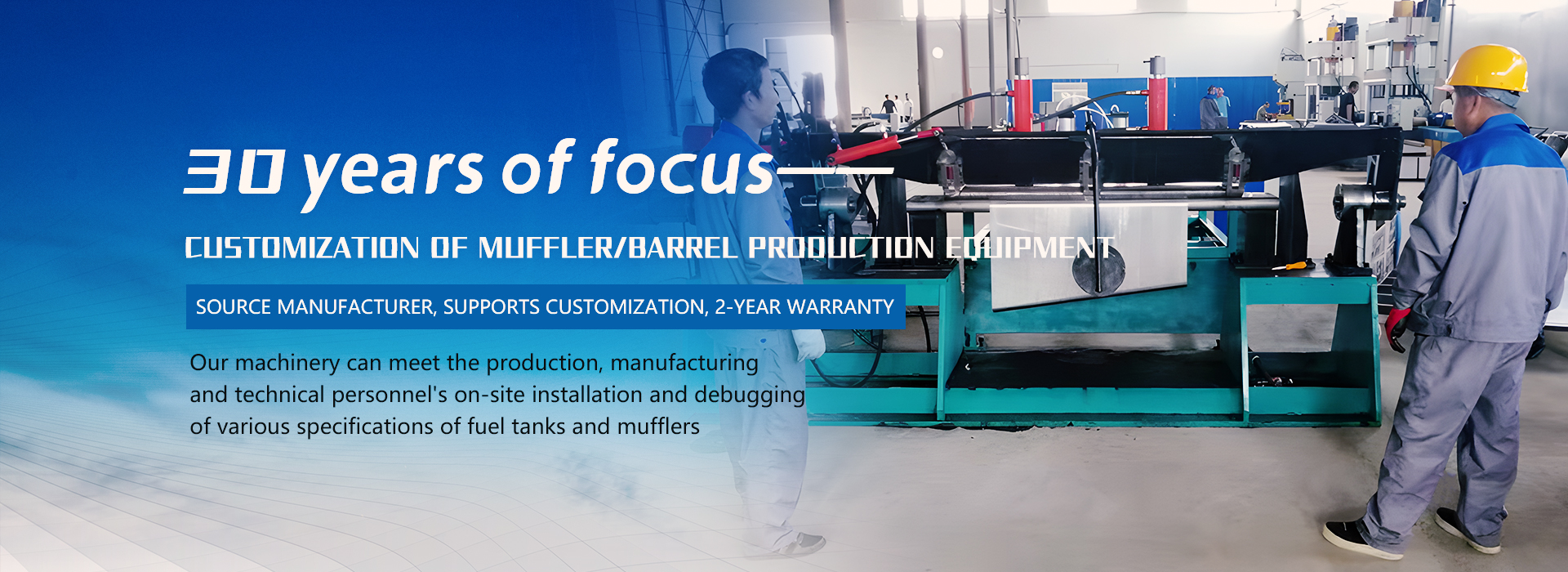& nbsp; & nbsp; Choosing the appropriate fuel tank equipment requires consideration of multiple factors to ensure that it can meet specific application requirements and working environments. Here are some key considerations:
1. Capacity and size
& nbsp; & nbsp; Capacity: The capacity of the fuel tank should be determined based on factors such as the working cycle of the hydraulic system, oil temperature rise, and liquid level changes. Generally speaking, the fuel tank capacity should be 3-5 times the hydraulic pump's discharge flow rate per minute, plus a certain amount of air capacity. For special hydraulic oils such as HFC hydraulic oil and HFD hydraulic oil, a larger tank capacity may be required.
& nbsp; & nbsp; Size: The inner diameter of the fuel tank should be consistent with the inner diameter of the oil pipe, and the height should be sufficient to accommodate the required amount of oil. Meanwhile, the position of the fuel tank is usually related to the position of the engine or hydraulic pump.
2. Structure and Materials
& nbsp; & nbsp; Structure: The structural design of the fuel tank should facilitate heat dissipation, settling impurities, and releasing air. For example, installing a baffle vertically inside the fuel tank to separate the return pipe and suction pipe can help dissipate heat and settle impurities during oil flow. The bottom of the fuel tank should be tilted to facilitate the deposition and removal of impurities.
& nbsp; & nbsp; Material: The fuel tank material should have good corrosion resistance and strength to adapt to various chemical substances and physical conditions in the working environment.
3. Function and Performance
& nbsp; & nbsp; Sealing: For devices such as car fuel tanks that require fuel storage, air tightness is crucial. When choosing, attention should be paid to the accuracy and reliability of the equipment to ensure accurate detection of small leaks.
& nbsp; & nbsp; Additional features: Some additional features, such as data recording, alarm system, and remote monitoring, can improve detection efficiency and accuracy.
4. Cost and Maintenance
& nbsp; & nbsp; Cost: When choosing fuel tank equipment, it is necessary to consider price factors and find a balance between quality and price. By comparing with multiple suppliers, evaluate after-sales service and quality assurance policies, and select equipment with high cost-effectiveness.
& nbsp; & nbsp; Maintenance: Fuel tank equipment requires regular calibration and maintenance to maintain its accuracy and reliability. Therefore, choosing equipment that is easy to operate and maintain can reduce work costs and time.
& nbsp; & nbsp; In summary, selecting suitable fuel tank equipment requires comprehensive consideration of multiple factors such as capacity, size, structure, materials, functionality, performance, cost, and maintenance. By carefully comparing and consulting with manufacturers, it is possible to find fuel tank equipment that is suitable for specific application needs.
Previous:Already the first article








